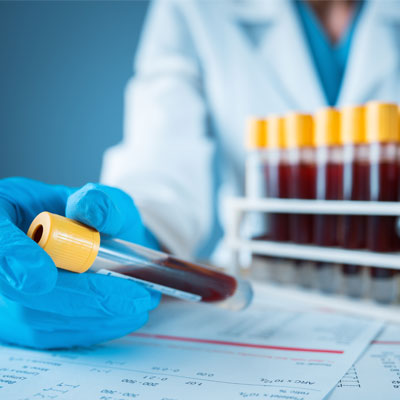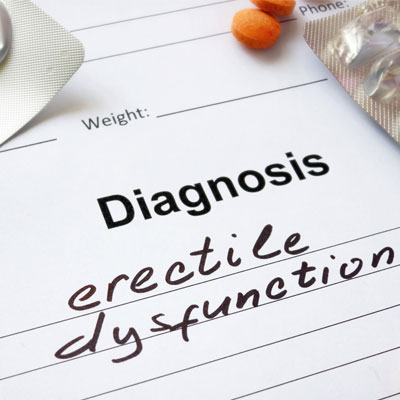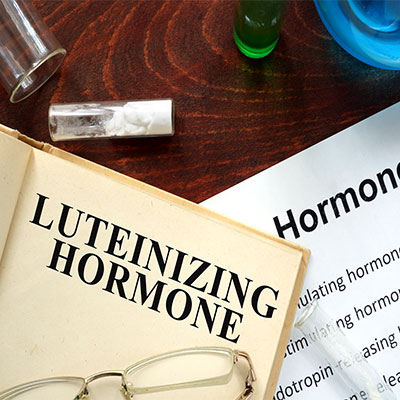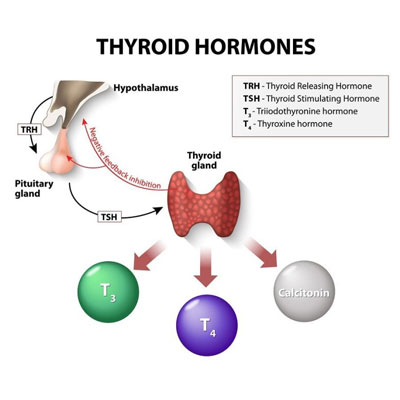Testosterone Blood Test Results Explained
Contents
Your doctor may order testosterone blood tests if you have the symptoms of testosterone deficiency. Three different blood tests measure testosterone levels. Below, you will find the testosterone blood test results explained and broken down for you.
The three testosterone blood tests are:
- Total testosterone
- Free testosterone
- Bioavailable testosterone
Your doctor will have you go to a local laboratory first thing in the morning so that a technician can draw out a sample of your blood. Do not eat or drink anything after midnight so that the test results are accurate. Testosterone levels are at their highest upon awakening. Their levels can change considerably after eating, and that could alter your test results.
The results of your testosterone blood test will help the doctor determine if you have Low T. Testosterone deficiency is easily treated in men and women. Depending on your symptoms and overall health, the doctor will determine which of the three testosterone blood tests to run.
The doctor may measure one, two, or all three testosterone levels to determine if you have Low T.
What is the Difference between Total, Free, and Bioavailable Testosterone?
Most of the testosterone in the bloodstream comes from either the testicles or the ovaries. The adrenal glands produce a small portion of testosterone, as well. Adrenal testosterone is the only testosterone found in the bodies of women after menopause.
Once the testosterone enters the bloodstream, it binds to a protein that will move it along its path to the body’s various androgen receptors. You find these receptor cells on muscle tissue, organs, brain, and other parts of the body. Protein-bound testosterone is not available to the receptor cells, except in the case of that which is bound to albumin. The connection between testosterone and albumin is not strong, so the testosterone is easily coaxed away from the albumin to bind with the androgen receptors.
Here is what you need to know about the total, bioavailable, and free testosterone blood test results explained:
- Total testosterone – this is the sum of all testosterone produced in the body. It encompasses the part that is freely floating in the bloodstream, as well as that which is bound to both albumin and sex hormone-binding globulin (SHBG). The SHBG bound testosterone makes up the majority of the body’s testosterone (about 65%) and is not available for the androgen receptors to use. SHBG comes from the liver and helps to balance the body’s hormones.
- Bioavailable testosterone – this encompasses both free and albumin-bound testosterone. Both types of testosterone are bioavailable for the androgen receptors to use.
- Free testosterone – only about 2% of the testosterone in the bloodstream is unattached at any given time. This is the most readily available type of testosterone for the body to use. Free testosterone is also what the enzymes aromatase and 5-alpha reductase use to convert testosterone into estradiol (estrogen) and dihydrotestosterone (DHT) respectively.
The Bottom Line: Total, bioavailable, and free testosterone levels all tell a different story about how testosterone is acting in your body.
What Are the Normal Ranges for Testosterone Blood Test Results for Men?
Hormone specialists predominantly check only total and free testosterone levels. The reason behind these two testosterone blood test results meaning is that total testosterone lets the doctor know if the problem is in testosterone production. The free testosterone test will show if the difficulty is in having enough unbound testosterone available for the androgen receptors. Some symptoms may call for a bioavailable testosterone test, as well.
The chart below shows the normal total and free testosterone levels for men based on their age.
| Age Years | Total Testosterone Normal Range | Free Testosterone Normal Range |
| 30 – 40 | 219 – 1009 ng/dL | 8.7 – 25.1 pg/mL |
| 40 – 50 | 201 – 993 ng/dL | 6.8 – 21.5 pg/mL |
| 50 – 60 | 170 – 918 ng/dL | 7.2 – 24.0 pg/mL |
| Over 60 | 156 – 700 ng/dL | 6.6 – 18.1 pg/mL |
To better understand testosterone blood test results explained, we want to point out the vast range of total testosterone levels. If you are a 45-year-old man with a total testosterone blood test result of 350 ng/dL, you might still have Low T. These numbers are from only one laboratory. Unfortunately, there is no consensus between labs as to what constitutes normal testosterone levels. Your doctor will interpret these results along with your symptoms and physical examination report to determine if you have testosterone deficiency.
Testosterone blood test results let the doctor know if the problem is with testosterone production or separation from SHBG.
Testosterone Blood Test Results for Women – What Do They Mean?
When it comes to getting testosterone blood test results explained, female patients may be dealing with issues such as:
- Menopause
- Infertility
- Polycystic ovarian syndrome
- Irregular periods
- Ovarian tumor
- Osteoporosis
- Anemia
- Low sex drive
Because the level of testosterone is much lower in women than men, most females may only need the total testosterone blood test. The normal ranges for testosterone in women are:
Total testosterone – 15 to 70 ng/dL (over 60 the average is 35 ng/dL)
Bioavailable testosterone in women between ages 20 and 50:
- On oral estrogen – 0.8 to 4.0 ng/dL
- Not on oral estrogen – 0.8 to 10 ng/dL
Free testosterone – 0.3 to 1.9 ng/dL
Due to the lower natural levels of testosterone, women are more sensitive to small changes in testosterone levels than males.
Female testosterone levels are much lower than those of a male, making them more sensitive to changes.
What Do You Do If the Blood Tests Show Low Testosterone?
Getting your testosterone blood test results explained is crucial if you suspect any of the symptoms of Low T. Both women and men may find that testosterone deficiency causes infertility. The doctor can use the blood test results to determine if this is the case.
If your symptoms and blood test results show that you have low testosterone, there are many options for treatment. You will want to work with a hormone specialist who can customize a program of testosterone replacement therapy to your body’s requirements. Do not accept testosterone treatment from a doctor who offers you a generic, one-size-fits-all protocol. Hormone balancing is a delicate science that benefits the entire body.
Please contact our hormone clinic for a free and confidential phone consultation with a medical advisor. We will guide you in the right direction and help you select a form of testosterone therapy that will bring you the desired results.
Hormone therapy should always be customized for the individual. Contact us today for a free consultation for more information.
- Glenn D Braunstein, MD., Richard E Reitz, MD., Akshay Buch, PhD., Dan Schnell, Michael P Caulfield, PhD.
- Yonah Krakowsky, MD, FRCSC., Ethan D. Grober, MD.
Testosterone reference ranges in normally cycling healthy premenopausal women
Testosterone Deficiency – Establishing A Biochemical Diagnosis








